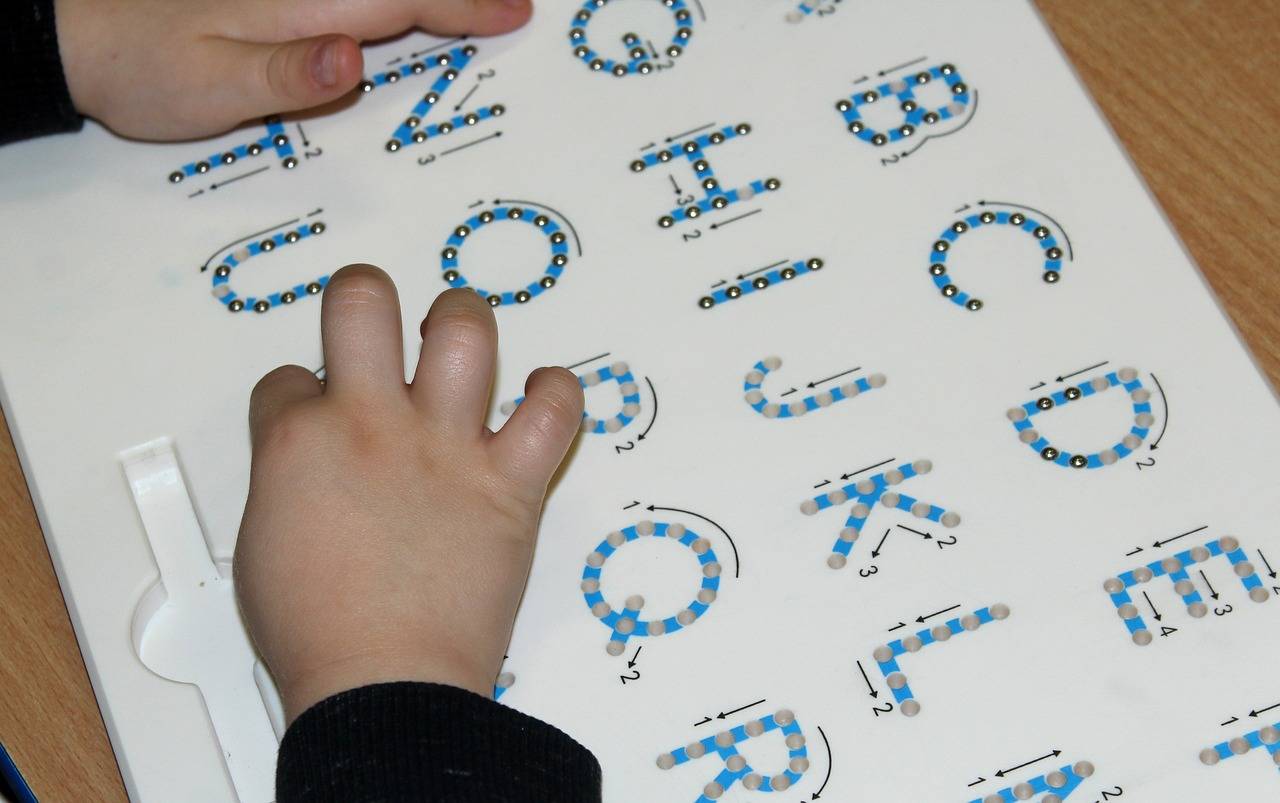Analyzing the Effects of High-Stakes Testing on Educational Equity
High-stakes testing in education dates back to the early 20th century when standardized tests were first introduced to assess students’ knowledge and skills. These tests were initially used to measure academic achievement and to ensure accountability in the education system. Over time, the emphasis on standardized testing grew, leading to the implementation of high-stakes tests that had significant consequences for students, teachers, and schools.
The No Child Left Behind Act of 2001 marked a significant shift in the history of high-stakes testing in education. This federal law required states to administer annual assessments to students in order to receive federal funding. The results of these tests were tied to school funding, teacher evaluations, and even student graduation requirements, leading to increased pressure on schools to perform well on these high-stakes exams.
The Impact of High-Stakes Testing on Student Performance
High-stakes testing has been a contentious topic in education, with proponents arguing that it promotes accountability and drives student achievement, while critics raise concerns about the negative impacts it can have on students. Research on the impact of high-stakes testing on student performance has yielded mixed results. Some studies suggest that standardized testing can improve student outcomes by focusing instruction on key concepts and skills, while others point to increased stress, narrowing of curriculum, and teaching to the test as potential drawbacks.
One key concern is the potential for high-stakes testing to create disparities among student groups. Research has shown that students from disadvantaged backgrounds may be disproportionately affected by the pressure of standardized tests, leading to widening achievement gaps. Additionally, some argue that high-stakes testing can hinder the development of critical thinking and problem-solving skills, which are essential for success in higher education and the workforce. Balancing the benefits and drawbacks of high-stakes testing is a complex challenge facing policymakers and educators as they seek to improve student performance and outcomes.
What is high-stakes testing in education?
High-stakes testing refers to assessments that have significant consequences for students, teachers, and schools based on the results. These tests are often used to measure student performance and determine educational outcomes.
When did high-stakes testing become prominent in education?
High-stakes testing became more prominent in education in the late 20th century with the implementation of policies such as No Child Left Behind and the Common Core State Standards.
How does high-stakes testing impact student performance?
High-stakes testing can lead to increased stress and anxiety among students, which may negatively impact their performance. Additionally, the emphasis on test scores can result in a narrowed curriculum that focuses primarily on test preparation.
Are there any benefits to high-stakes testing?
Proponents of high-stakes testing argue that it provides accountability and helps identify areas in need of improvement. It can also be used to evaluate the effectiveness of educational programs and policies.
How can educators mitigate the negative impact of high-stakes testing?
Educators can help mitigate the negative impact of high-stakes testing by providing support and resources for students, fostering a positive classroom environment, and incorporating a well-rounded curriculum that goes beyond test preparation.





